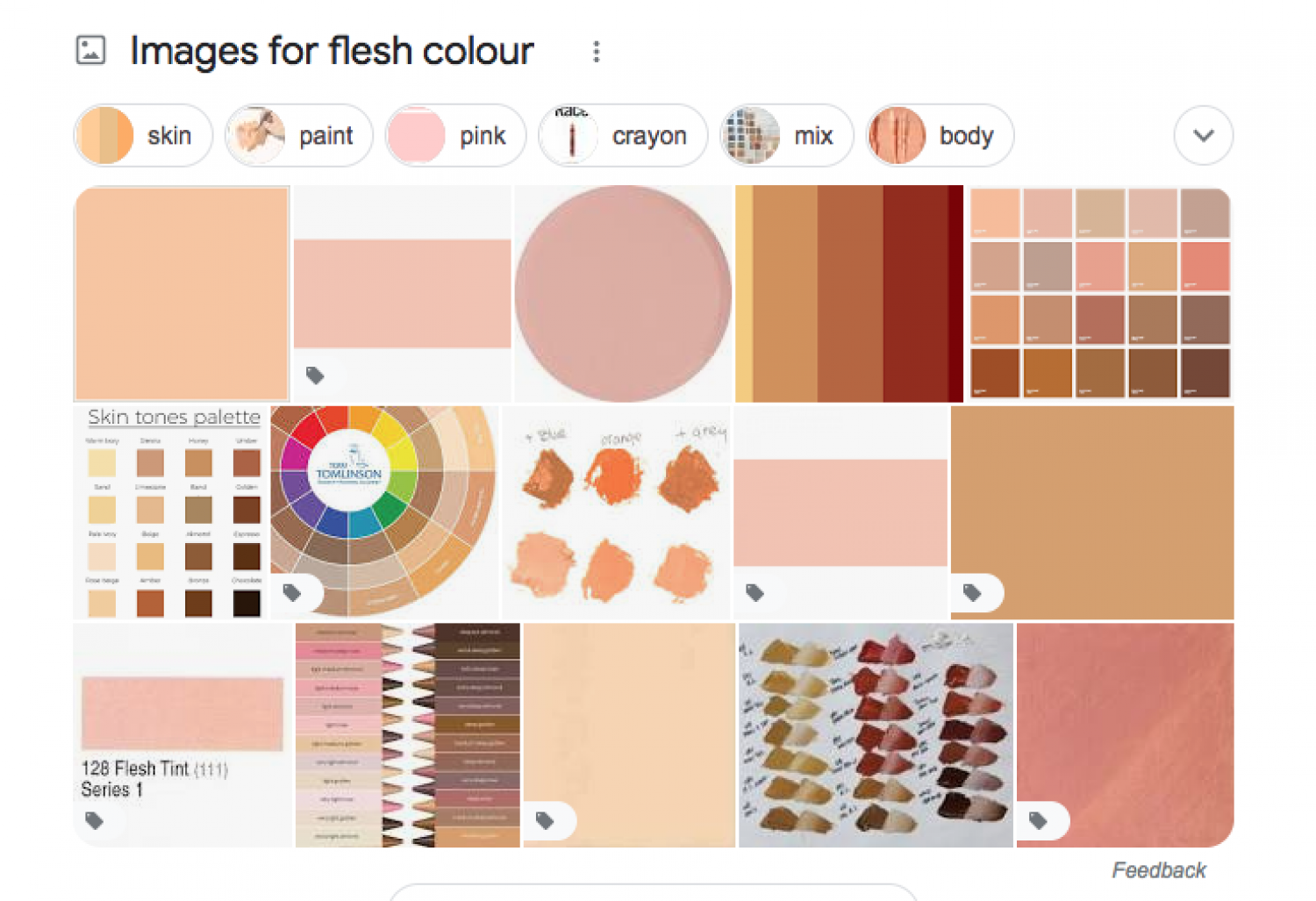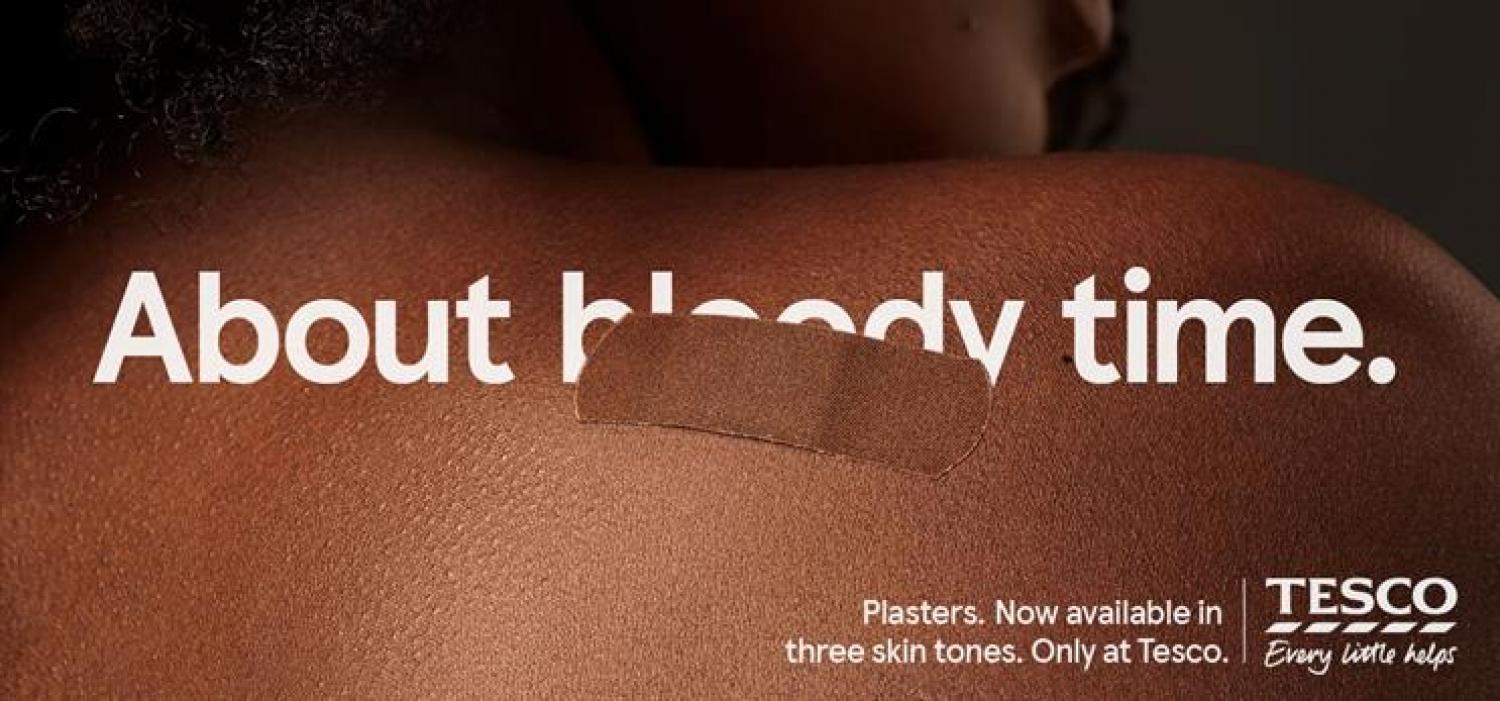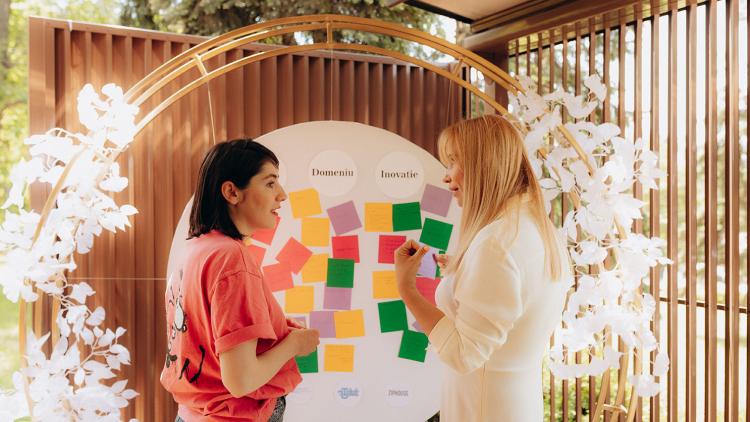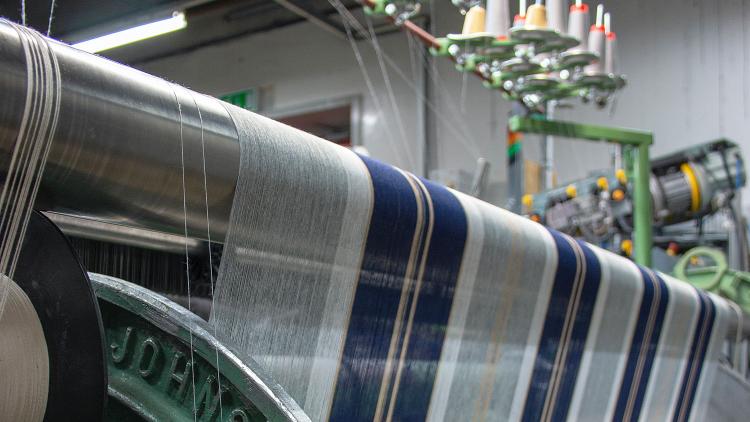These two women are taking on the language of colour

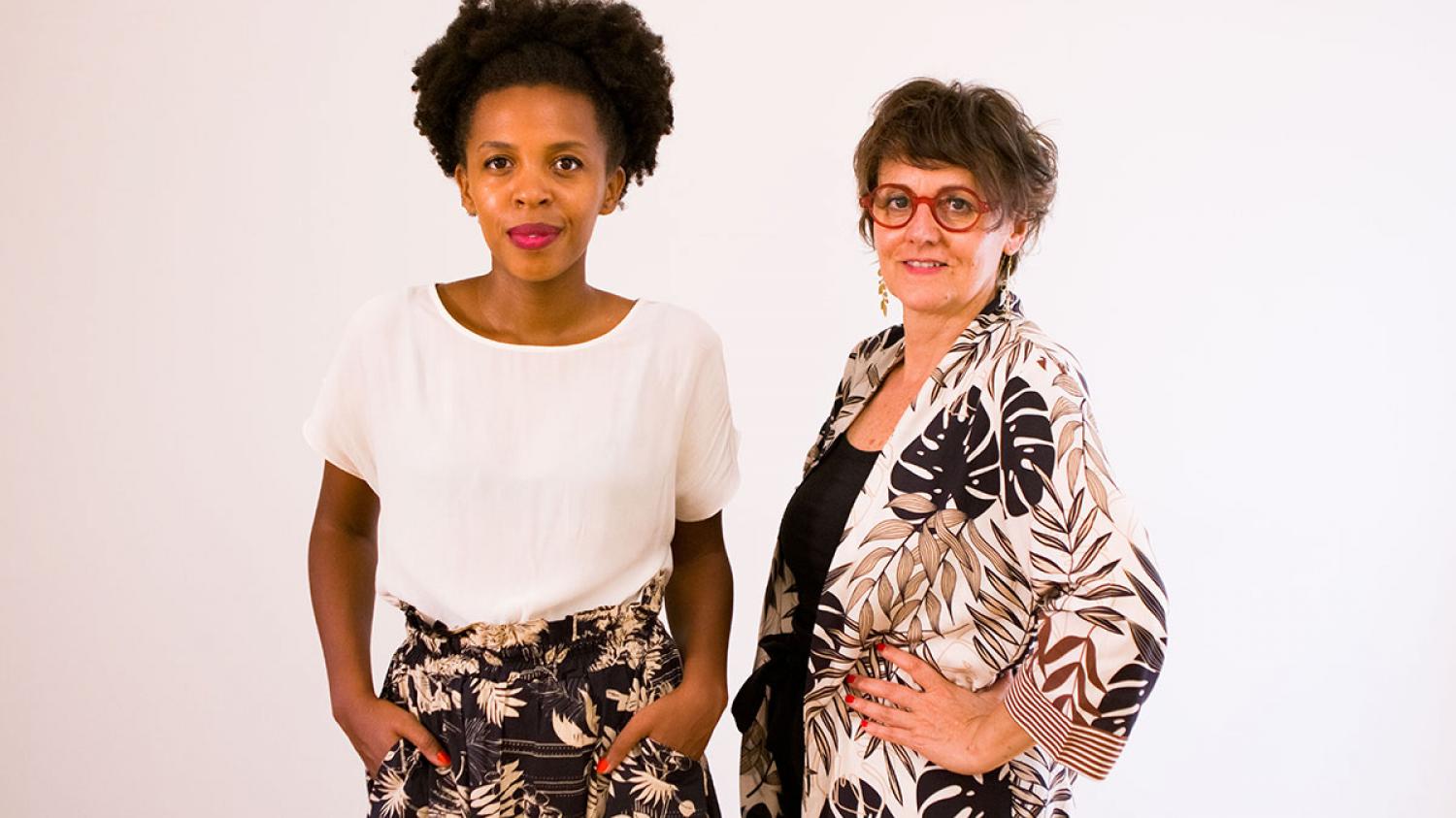
Working on a corporate project from their office in Prato, Tuscany, Giuditta Rossi, a brand strategist who identifies with being “black” and storyteller Cristina Maurelli, who is “white,” found themselves talking by chance about the way colours are described in the textile and clothing, and indeed in most product development, industries. They suddenly realized the absurdity of “Color Carne” - which is flesh or nude colour in English - and the way that it is associated with a pinky-beige that represents at best an Anglo-Saxon ideal of “English-rose” skin.
And yet, everything from bandaids to stockings, ballet shoes to ball gowns are made in a colour described with these words. Giuditta and Cristina’s discussion continued and they decided to launch the advocacy campaign “Color Carne”, which starts in Italy and in Italian, but is indeed an issue in many languages. Their quest is simple: suggest that we no longer use these outdated and racist colour words, substituting them in our colour charts with more descriptive or creative terminology, and also thinking about products in more inclusive colours.
The issue raised through the “Color Carne” project is interesting within the context of shemakes, where we have spent a lot of time considering the impact of language on bias and perception. While developing the project and its gender vision, we focused on the problem of gendered language, including the use of pronouns, and on implicit biases in gender perception in general. This is something very well researched by Project Implicit, a highly revealing and educational tool that can help unmask bias through tests that associate concepts.
The “Color Carne” project raises the issue that with the equation “flesh colour equals pink” comes an unconscious bias of normalcy based on the skin of white people. It’s both a linguistic problem and one of association. Is the issue the same in every language?
The main dictionary in Italy, the Treccani, defines “Color Carne” as colore rosa pallido, simile a quello della carne umana (a light pink colour, similar to that of human skin). Clearly, they have not questioned the issue. Neither has Google, which returns the following images:
English tends to be a step ahead, and both the dictionaries and the google search are more woke. Collins dictionary says it’s “the colour of a person's skin, ie Black, White, etc.” The Cambridge dictionary goes a step beyond, indicating in its definition of “flesh colour” that it is offensive: “a word used to describe something that is a color between pink and pale brown, which is now considered offensive because it refers to the skin color of White people and suggests that people with skin of other colors are less important.” A google image search here turns up a bit more variety.
Bold Stories, the consultancy who developed the Color Carne campaign, believes that brands must have a strong purpose or a role that is fundamental in society, things like diversity, inclusion, sustainability… This campaign has thus became their purpose.
Color Carne is designed to show that these colour concepts, which may seem inoffensive, particularly in terms of language and visual representation, can in fact hide bias, prejudice and discrimination, and that it doesn’t take much to expose them and change people’s point of view. It’s an invitation to challenge standards, to ask questions and, if those standards no longer relate to us, then to act for change.
In this case we are talking about discrimination in terms of skin color, but the same can be said of all the groups that are under-represented. Color Carne can become a meeting point for people who want to build a society that enhances diversity and where everyone can recognize themselves.
Even where linguistically the issue has been addressed, in product development often the historic definitions of colours persist. Giuditta Rossi points out a selection of products that have made news for their inclusivity (such as UK supermarket Tesco’s bandages in light, medium and dark which launched in 2020); the sad thing is that this should no longer be the exception but the rule: people deserve to be represented through authentic, inclusive and non-steriotypical stories and products.
Color Carne is thus an invitation to designers and brands to think about colour language in their own sector. The invitation extends beyond skin colour to all drivers of discrimination, from ageism to ability, sexual orientation or body type. What can we do to make, plan, create, in order to be more inclusive and more bold? Giuditta and Cristina propose the following four areas of work.
- Language: words are essential
- Visual: images and symbols can change the world
- Places & Spaces: how can we change or adapt physical spaces to create points of contact?
- Things: what things around us could be re-thought within this context?
What’s important for designers and brands to realize is that this is not just a habit or a campaign about words, it’s a true opportunity both for business and for reputation.
Good news!
There is some good news: the campaign has already made an important impact in Italy, where it's gotten a ton of press including in important fashion magazines like Marie Claire, Vanity Fair and Io Donna, as well as local and national TV and radio appearances.
The following news was announced on March 21, 2022, the international day for the elimination of racial discrimination: an important Italian dictionary reached out to Giuditta and Cristina to tell them that they will modify their definition of “color carne”, while another dictionary has indicated openness to considering the theme. This is quite a success for just one month of the campaign which makes us hopeful for the future.
Change takes place through daily actions, and each and every one of us, no matter what our role, can and should play a part, thinking about inclusive language and developing ever-more authentic and inclusive solutions.



